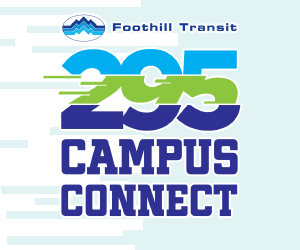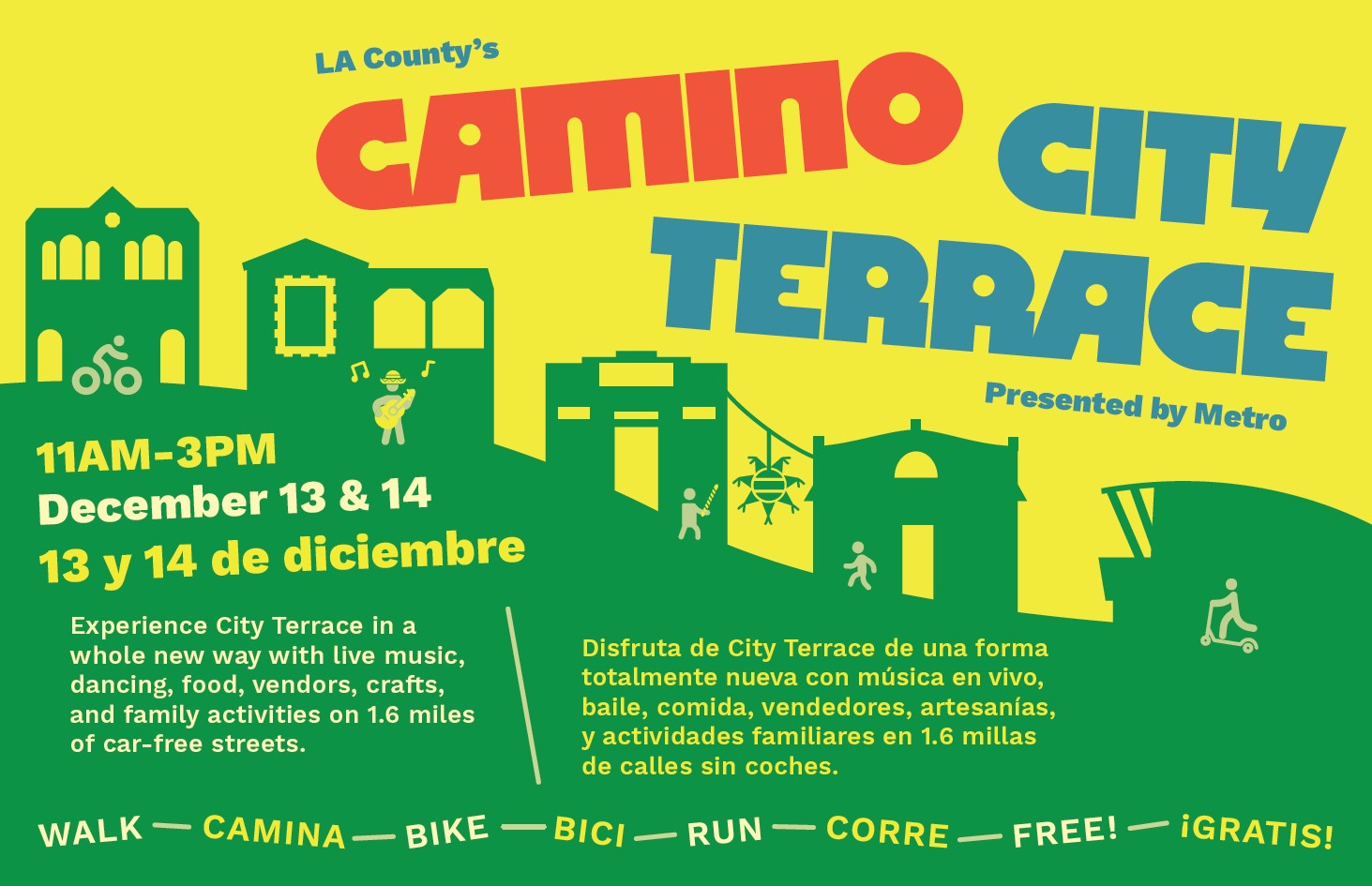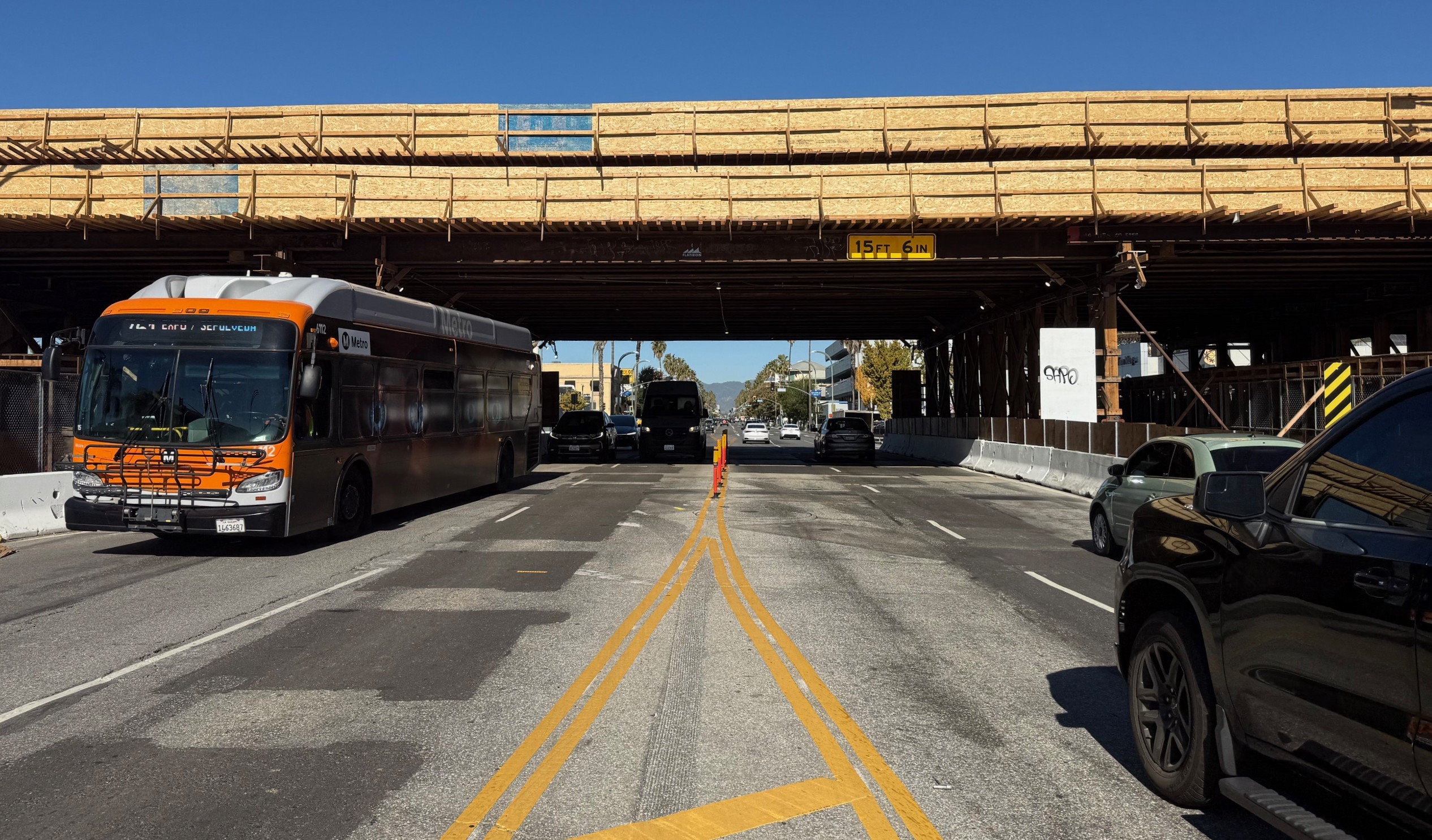There's nothing quite like the prospect of a Wal-Mart to get communities thinking collectively about how development can impact their future.
Because of the retail giant's outsized footprint in the American economy and all that it has come to symbolize about sprawl, its progression into the urban market is bound to lead to some interesting public meetings.
Richard Layman at Network blog Rebuilding Place in the Urban Space says urbanists should focus on what they can influence -- the form the megastore will take in city environments. These excerpts were borrowed from a story he wrote on Wal-Mart's development plans for D.C. for the Washington Business Journal:
Wal-Mart Stores Inc.'s entry into D.C. has been hailed by smart-growth proponents who see it as a sign of suburban-oriented retailers reconsidering the value of urban markets. And it`s been opposed by others, including labor interests fearing that unionized employers such as Safeway and Giant are at risk from Wal-Mart`s hypercompetitive business model, which encompasses low prices and nonunion workers.
Existing zoning at the sites chosen by Wal-Mart allows the sites to be developed with minimal opportunity for planning input. What should matter to most of us ~ and what we can influence ~ is getting the physical form, site planning and mobility right, so that these stores contribute positively to the city`s revitalization, available amenities and quality of life...
Developers should be encouraged to create phased mixed-use development plans, so that sites become more than single-use retail. Underground parking is not enough to maximize the site`s contribution to the city. The developers should be strongly discouraged from signing agreements giving Wal-Mart exclusive use of the sites, and Wal-Mart should agree to have their stores be part of multistory developments.
It's hard to imagine a Wal-Mart without sprawling parking lots near interchanges and the worst characteristics of auto-centric design. We'll see whether strategic negotiation will yield a new dynamic.
Elsewhere on the Network today: Austin on Two Wheels argues that the key to bringing cycling activity in America on par with Europe is to create infrastructure that gives cyclists a travel time advantage over motorists. A Planner's Dream Gone Wrong says that like cities and regions, states should no longer look at their neighbors as rivals, but part of an inner-connected economic system. And TBD on Foot reports that a drunken driver in Maryland will serve eight years for killing a cyclist.







